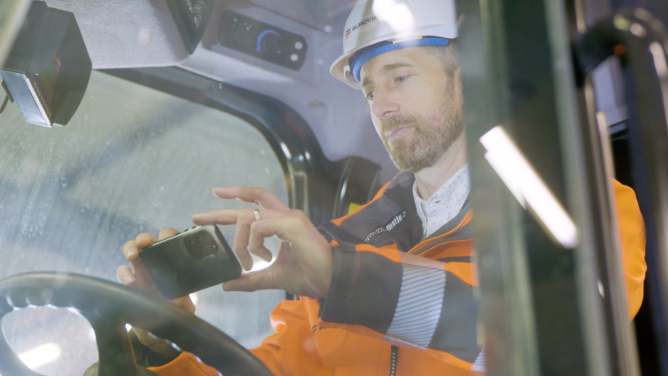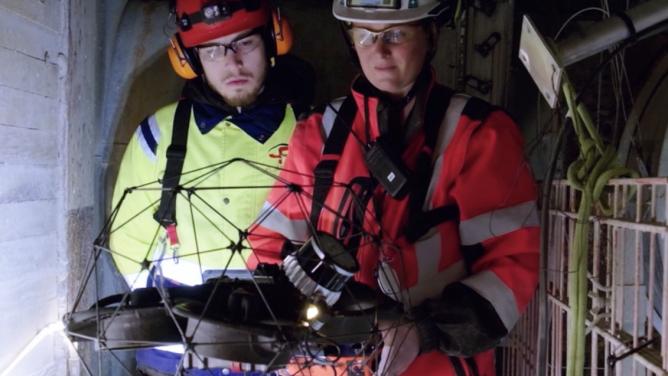Applying BIM and digital models to operation and maintenance could help to optimize operational management throughout a building’s entire life cycle, foretelling a profound transformation of the value chain and the emergence of new services. Such is the promise of BIM-FM.
BIM’s adoption rate remains contrasted
As digital transformation efforts continue throughout the industry, BIM-FM (Facility Management) has shown its clear potential. Since 80% of a project’s costs pertain to the operation and maintenance phase, BIM-FM is seen as a revolutionary optimization tool. According to some outlooks, its application would help to reduce costs tied to operational management by 10-17% (Future Of Construction). Only a minority of companies worldwide have adopted BIM, especially across the full building life cycle. In France, the latest report on the Digital Transition Plan in Construction (PTNB) estimates that 35% of industry professionals have started using (Bâtiment Numérique source – in French). A global study conducted by Scottish Futures Trust points to France as part of the “late majority”, notably due to a network of companies that often work on separate and incompatible segments. The sector often makes only basic use of BIM, though the industry’s innovation potential remains high (Research Gate). While France still lacks a coercive legislative framework, other countries, such as the UK and US, have opted to make the use of digital models mandatory for all public buildings and have already published an ambitious strategy on these matters (Gov.uk; US General Services Administration).
No BIM-FM without enriched BIM
In order to apply to management-operation, existing BIM guidelines must be enriched with all relevant data. It is also necessary to establish a data hierarchy, ensure interoperability and compatibility of various software, and include the technical specifications of certain equipment. This complex process makes it possible to integrate all operational management, creating a continuum of useful data between each phase in the life cycle. This is called “iBIM” (for “integrated”), or Level 3 BIM in a maturity scale of 4 (The Bim Hub). This continuity notably prefigures an increased role of end users in the value chain. As explained by Etienne Bourdais, reporter for Leonard’s forecasting group dedicated to the impact of digital technology on the value chain of construction businesses, “we can consider using iBIM to integrate users and better align each construction project with actual needs”. In this way, when properly structured and codified, iBIM has the potential to improve each business in the construction industry, and constitutes a solid basis for innovation and value creation.
Towards new services driven by technology
After installing sensors on all equipment and integrating them into the BIM digital environment, many opportunities in terms of management-operation emerge: detecting and repairing outages, maintaining grids, managing heating and air conditioning, reorganizing the use of space in augmented reality, etc. Pairing BIM-FM with cross analysis of data collected in real-time can greatly optimize building performance (Research Gate). Corrective and predictive maintenance for example, can benefit from precise numbers and an accurate service calendar. For companies acting both as builder and operator, deploying BIM-FM already offers a number of new services that deliver high value-added (The Agility Effect). In terms of energy transition and environmental standards, as well as the energy use and greenhouse gas targets imposed on buildings, BIM-FM serves as the perfect support tool (Science Direct). However, in practice, and despite several noteworthy experiments (CTB – in French), BIM-FM is still a long way from becoming the standard practice. The latest initiatives in this area have come from software publishers, led by Autodesk’s announcement that it will market a new BIM platform integrating the entire construction project life cycle (Construction Dive). Beyond its purely technical aspects, adopting BIM or BIM-FM requires confidence among all project stakeholders, as they must adopt a collaborative and cooperative approach (EU BIM Task Group).


